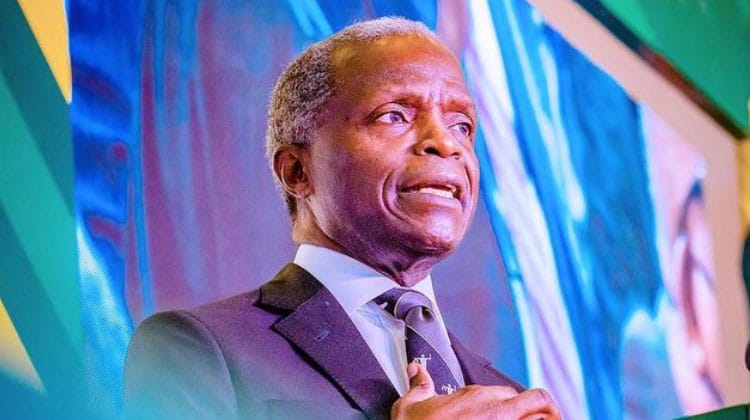The Coalition’s nuclear energy proposal has spurred a debate around how best to secure Australia’s power needs at a low cost into the future. Opposition leader Peter Dutton has vowed to build nuclear reactors on the sites of seven retired coal-fired power stations across five states if elected. Dutton failed to provide costs to his plan but said the first reactor would be ready by 2035 — five years faster than the CSIRO says nuclear could be built in Australia — and would be owned by the Commonwealth. A report from the CSIRO has found it could cost as much as $17 billion and take more than 15 years to build a single nuclear power plant in Australia — and electricity from nuclear power could be at least 50 per cent more expensive than solar and wind. However, some experts argue that, following the initial cost, nuclear energy could drive prices down in Australia in the long term, pointing to lower electricity prices overseas. So if Australia were to go down a nuclear energy path, how would it compare to the rest of the world and how much would energy cost?
Globally, there are over 430 active nuclear reactors across 32 countries, according to a July 2023 report by the World Nuclear Association. The United States’ 94 reactors generate the most nuclear energy globally, but the energy source only makes up 18 per cent of the country’s overall output. In contrast, France has 56 nuclear reactors that produce 65 per cent of its energy needs. Michael Preuss, director of research infrastructure at Monash University’s faculty of engineering, said there will be a global expansion of nuclear energy as more countries commit to building power plants. He pointed to Poland, the European Union’s largest coal producer, as an example of a country turning to nuclear energy as a cleaner energy source. “They have a similar situation to Australia, that most of the electricity is produced by coal and so they want to heavily invest in nuclear,” he told SBS News.
This century there has been a slight downward trend in building nuclear power plants, partially due to many countries using existing infrastructure, with plants lasting between 60 to 80 years. Germany closed its final three reactors in April 2023, while other countries, such as Bangladesh, Egypt and Türkiye have started construction on their first nuclear reactors. Last month, the fourth reactor at Plant Vogtle in the US state of Georgia started operating. The addition of two reactors to the plant went US$17 billion ($25 billion) over budget and is estimated to have cost US$30 billion ($44.9 billion), according to the US Energy Information Administration. In northwest France, the Flamanville plant began generating electricity 12 years behind schedule and four times over budget. It was originally expected to cost 3.3 billion euros ($5.3 billion), with costs blowing out to 12.7 billion euros ($20.4 billion).
CSIRO’s latest GenCost report attempts to compare different electricity-generating technologies, taking into account projected operational costs, but acknowledges it “is not a substitute for detailed project cashflow analysis or electricity system modelling”. It estimates the average cost for an energy unit would be $141 to $233 per MWh if a large nuclear reactor was built by 2030. Meanwhile, it found the levelised cost of electricity for solar and wind energy to be $89 to $125 per MWh by 2030. Experts are divided over whether a transition to nuclear would provide cheaper electricity prices. In the case of Georgia in the US, much of the cost is being passed onto consumers. Residents will receive an increase of 10 per cent or US$14 ($21) to their monthly bills, according to calculations by The Atlanta Journal-Constitution based on utility company Georgia Power’s rate tables. Dylan McConnell, energy systems researcher at the University of New South Wales, said overseas examples demonstrated building power plants was “certainly not cheap”. The Coalition has claimed electricity is cheaper in Ontario, Canada — where slightly more than half of the city’s electricity comes from nuclear plants built decades ago — to support its proposal. But McConnell said the Coalition’s example of Ontario was not an adequate reflection of costs here in Australia as “we’re talking about something that was built quite a long time ago, largely depreciated, with capital paid off”. “Even in that case … The wholesale cost of electricity there from nuclear power is about $110 per megawatt hour. That’s more expensive than wholesale prices in most Australian states,” he said. The Australian Energy Market Operator reported wholesale prices were $87/MWh in NSW, $67/MWh in Tasmania, $55/MWh in South Australia, and $52/MWh in Victoria for the first quarter of 2023, according to its latest Quarterly Energy Dynamics report. Queensland was the only outlier, recording $118/MWh. Preuss agreed that initial investment in nuclear is expensive, especially when it’s a whole new industry, as it would be in Australia. But he argued those upfront


